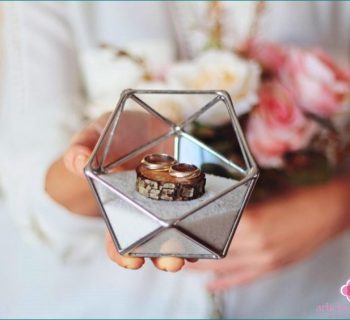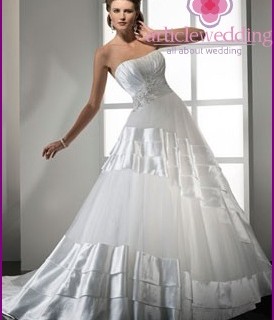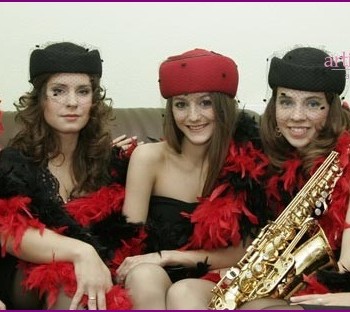A wedding is a day when each element: outfits, rings, a motorcade, a restaurant, shooting has its very special significance. A significant role in all this wedding surroundings is played by flowers. Perhaps not one wedding does not pass without them. They are present everywhere, from a wedding bouquet, jewelry, buttonholes, to a crowning wedding arch and decorated with fresh flowers wedding procession.
In their creative practice, masters use five basic styles: decorative, parallel, form-linear, vegetative and "form".
The most commonly used is a decorative style. Often, it is in this style that round and falling bouquets for the bride. It is mounted on a plastic base "port-bouquet", which in its shape and appearance resembles a microphone. In order to ensure the durability of the bouquet, a sponge soaked in water is placed in the “port-bouquet” - “oasis”.
Depending on the wishes of customers, you can arrange a bouquet without the use of "port-bouquet". In this case, flowers with decorative herbs are collected in a tight bouquet, tied with large, broad-leaved stems.
The decorative style of decorating with flowers allows you to create volumetric compositions of various shapes and variations (rings, horseshoe, heart, etc.) that can decorate tables, an arch, a room, which will significantly enliven the atmosphere and turn bright, fragrant paints into the interior.
Parallel style, the second most popular and most frequently used flower decoration for weddings. Its whole essence lies in the placement of color compositions. They are laid out in rows (or groups) horizontally and diagonally..
The composition uses flowers of the same type and color, respectively laid out in rows. To diversify the ranks and color compositions, you can use their location at different levels (a row of lilies, below a row of callas). As in the decorative style, the parallel style allows you to create compositions of different shapes.
Formal-linear style of decoration with flowers involves the use of a minimum of plants. The main role here is played by the line, which creates the visual form of the bouquet and composition. The core, the basis of the composition can serve as a branch, one big beautiful flower and a little smaller, wide leaf, will become its complement. Depending on the location of the main flower, the composition of the bouquet will either vary, either vertical or falling. So compositional flower decoration suitable for lovers of extravagance and fashionable high-tech style.
The vegetative style is interesting by the technique of decorating with flowers. In the work, the florist uses not only flowers, but also decorative objects (stones, boulders, cones, branches, moss, berries, vegetables and fruits). The whole difficulty in the work of craftsmanship is that fruits and vegetables contribute to the speedy withering of flowers, so you should not abuse them when creating a composition. Using this style, you can very colorful and original to convey the "picture" of the season in which the wedding is celebrated.
Style form, along with decorative and parallel style is quite common at weddings in the form of hanging balls, pyramids, columns. With its help, they try to close the empty space. The style is quite practical, because it is in it that you can use broken flowers. When decorating with flowers in the "form" style, the florist uses plants of the same length, often pruning the stems.
Making the wedding procession with fresh flowers has recently been a very fashionable and popular trend. Only three of the above listed styles can be applied when decorating with car colors - decorative, vegetative, shape-linear.


